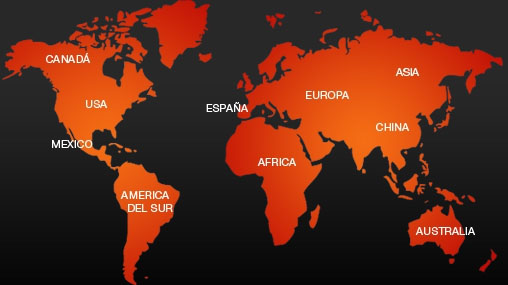- Inicio Acerca de RM Minerales
- Galería de fotos Blog RM Contacto
- Microscopia e instrumentos Pedidos Aviso legal
Copyright 2010-2025
www.rosellminerals.com



Grupo de cristales tabulares de calcocita, definidos y con crecimientos polisintéticos en las caras. Algunos presentan fracturas donde podemos observar el brillo metálico de la especie. Los ejemplares de esta mina son raros en el mercado. Procede de la colección René Hubin (Neupré, Belgium) y se acompaña de la etiqueta.
Excepcional ejemplar de kolwezita, que se presenta como agregados globulares de cristales de color verde oliva, parcialmente recubiertos por una pátina terrosa amarillenta. Se disponen sobre una matriz de cristales rosados de calcita cobaltífera. Un ejemplar excepcional para la especie. Lo hemos analizado para comprobar el contenido de Co. El promedio de diversos análisis indica una relación Co:Cu de 1:2.3-2.6, coherente con algunos resultados de otros ejemplares con relaciones 1:2. En la muestra aparecen diversos agregados de color negro, a veces recubriendo parcialmente kolwezita, que se corresponde con heterogenita. También pequeños grupos de cristales de malaquita se pueden encontrar.
Ejemplar de buen tamaño con numerosas cavidades tapizadas de cristales amarillos de sklodowskita, prismáticos, transparentes y de intenso color. Un ejemplar de gran calidad para la especie. Presenta actividad radioactiva. Esta especie lleva el nombre de Marie Skłodowska-Curie.
Un mineral de uranio e itrio nada habitual. La kamotoíta-(Y) se presenta como agregados radiales de cristales de intenso color amarillo, aplanados, de hasta 5 mm, brillantes y transparentes. En el mismo ejemplar observamos una veta de posible uranofana, de tono algo más anaranjado y vítrea. Kamoto es la localidad tipo para la especie.
Un mineral de uranio e itrio nada habitual. La kamotoíta-(Y) se presenta como agregados radiales de cristales de intenso color amarillo, aplanados, de hasta 5 mm. En el mismo ejemplar observamos una veta de posible uranofana, de tono algo más anaranjado y vítrea. Kamoto es la localidad tipo para la especie.
